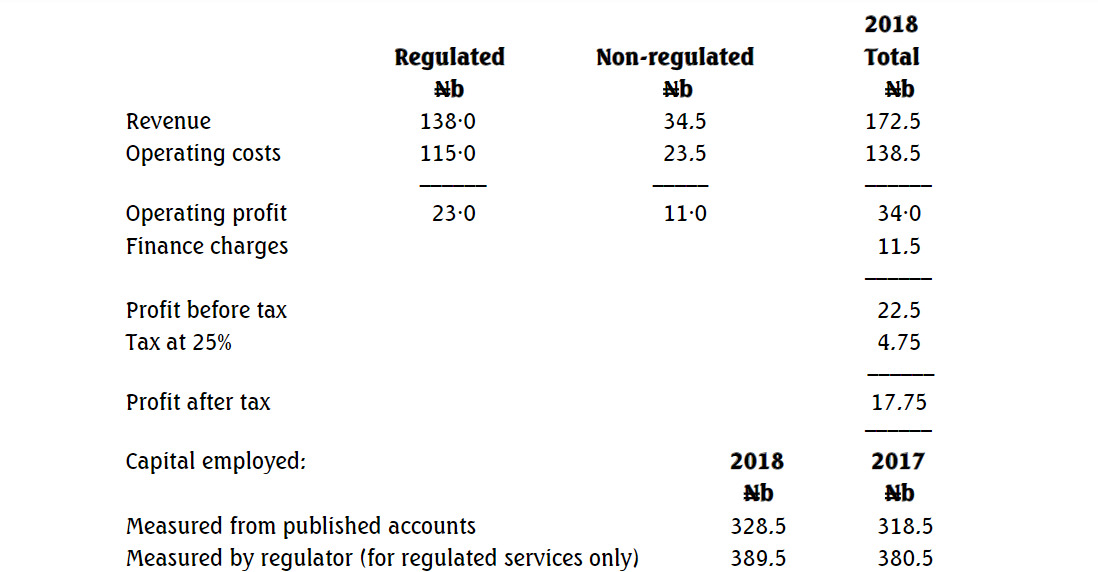- 10 Marks
PSAF – Nov 2021 – L2 – Q2a – International Public Sector Accounting Standards (IPSAS)
Identify the components and types of borrowing costs eligible for capitalisation under IPSAS 5.
Find Related Questions by Tags, levels, etc.
- Tags: Borrowing Costs, Capitalisation, Finance, IPSAS
- Level: Level 2
- Topic: International public sector accounting standards
- Series: NOV 2021
Report an error


